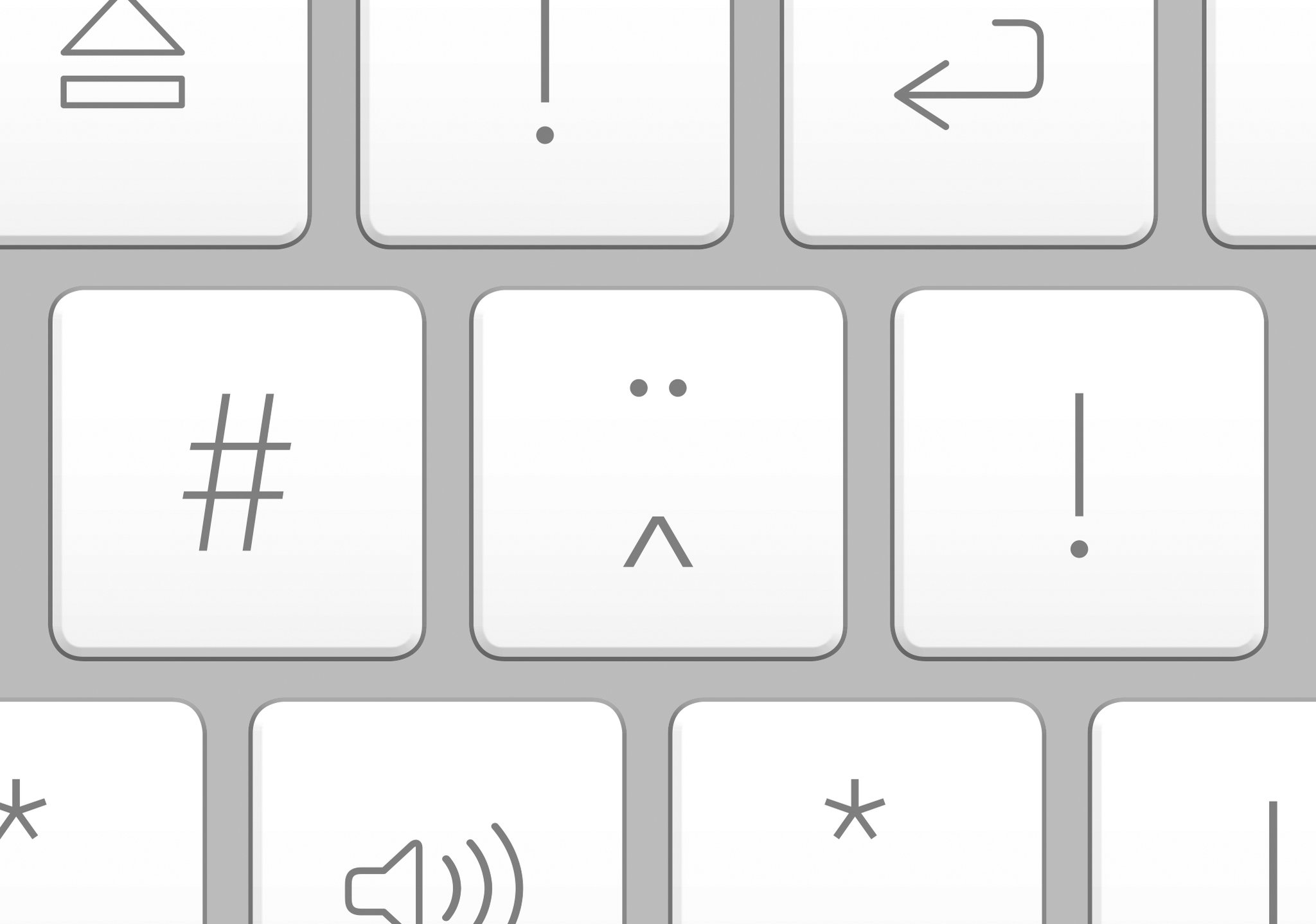
I recently wrote a piece for the New York Times on the kerfuffle currently engulfing the humble circumflex accent (ê). You can read the piece here — let me know what you think about it in the comments or, if you’d prefer, drop me a line via the Contact page. (Many thanks to Jessica Svendsen for the use of the image that accompanies the article!)
Comment posted by Trevor Peach on
Remember that the circumflex is alive and well in at least one British language: Welsh. Thus dŵr (water), etc.
Comment posted by Keith Houston on
Hi Trevor — very true. My editor at the NYT and I went back and forth on this point, but neither one of us were sure we could do justice to the Welsh circumflex in the available space. It’s something for me to learn more about, certainly.
Thanks for the comment!
Comment posted by Bonnie on
Very funny! I didn’t know any of this, but bête noire (black beast) will be my aide-mémoire. I assume a crêpe at a fête is a crisp at a feast, but what are the missing s’s in tête-à-tête?
Comment posted by Keith Houston on
Hi Bonnie – thanks for the comment!
“Teste” is an old form of the French word for “head” — there’s a Bishop Grosseteste University in Lincoln, for example.
Comment posted by Trevor Peach on
The “s” is still visible in “tester” (bed). And Bishop Fathead always raises a smile…
Comment posted by Jeremy W on
Thanks as ever, Keith! If someone had told me during French lessons that the circumflex indicated a missing “s”, I might have done much better in the language!
Between you and David Crystal (“Spell It Out”), I have learned so much about the way languages develop, and just in time – my wife and I are becoming the parents of twins sometime in the next few months, and I will be much better placed to teach languages to them. Unfortunately, I went to a progressive comprehensive school in the late ’60s into the ’70s, and so was never taught grammar as a formal skill. All I know is self-taught.
Comment posted by Keith Houston on
You’re very welcome! I’m glad you enjoyed the article.
I went to a comprehensive school in the late ’80s and early ’90s, and I’m woefully undereducated when it comes to grammar. The writing of the blog, Shady Characters and The Book has been and continues to be quite an education for me.
Comment posted by Simon Smallwood on
The Welsh also put a circumflex on vowels and in Welsh the w and the y are sometimes vowels. I think it is to keep them dry in the rain.
Comment posted by Keith Houston on
Hi Simon — indeed. I mentioned that in my original draft, but space constraints (and my lack of knowledge about Welsh orthography!) meant that we had to drop it.
Thanks for the comment!
Comment posted by Solo Owl on
You failed to mention that there was a failed attempt to reform English spelling by replacing ough by ô in words in which the gh no longer represents a consonant: thorô, althô, brôt, &c. I bât into the idea.
Comment posted by Keith Houston on
I had no idea! This is a fantastic use of the circumflex, and quite in keeping with how it’s used in French. Thanks for the comment!
(Do you mean that you bôt into the idea?)